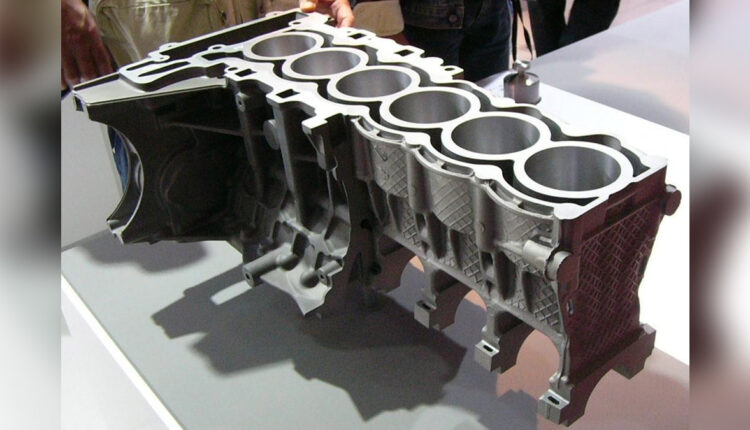The die casting process took a significant step in the year 1885. It went on sale in the open market from the year 1890, and then the die casting machine has evolved. The whole process is either semi-automated or fully automated.
The best part about the die casting machine is that the molds or die used for die casting are not destroyed after their usage. And hence, these are highly suitable for large production of components. Not only this but let me tell you one other thing.
The whole die casting mold is made up of high-quality and heat-resistant steel, and half of it is unmovable, and the other part is movable.
Are you wondering what die casting is? Well, don’t worry! Let’s quickly learn about the types, processes, etc., of die casting.
What is Die Casting?
Die casting, if explained in simple words, is a method where mold is used for multiple periods, and with the help of pressure, molten material reaches the cavity. It is used to produce sharply defined, smoothly surfaced metal parts, have texture, and have accurate dimensions.
Die Casting was first introduced in the year 1838 and was a small hand-operated machine. It was mainly manufactured for typing and printing.
A cavity is provided between both the halves, that is, between movable and unmovable parts.
The molten metal is forced into this cavity. While this whole process takes place, the pressure is also applied to the die.
Though, it is indeed said that the manufacture of a die is costly. You must also know that from a particular die casting, millions of products can be made quickly.
Types of Die Casting:
Die casting is divided into two major categories, those two categories are Gravity Die Casting and Pressure Die Casting.
- Gravity Die Casting is commonly known as Mold Casting. It is generally used to process materials that are light in weight. This is one of the oldest forms of die casting.
- The next type of die casting is Pressure Die Casting, which is again divided into two types: Cold Chamber Die Casting and Hot Chamber Die Casting.
In both kinds of processes, pins are attached, ensuring that the final casting can be removed from the dye.
Now, you would be wondering what the actual difference between both these types is. So, let me help you with this.
The main difference between both the dies arises due to the various structures. Hot chamber and cold chamber die casting have an entirely different structure of casting chamber. In the hot chamber die casting process, a piston is used to force the metal into a die cavity.
This pin later enters the die cavity through a nozzle and a gooseneck, and the molten metal is held under pressure until the metal solidifies. The maximum temperature that this molten can reach can be 35 megaPascal and has an average of 15 Mega Pascal. A burner is attached to the tool, which regulates the temperature as per the need and environment.
Talking about the cold chamber die casting. In this entire process, the molten material is poured into the injection cylinder, popularly known as a shot chamber. After this, the molten material is pushed into the die cavity at very high pressure.
The pressure by which the molten is pushed generally ranges from 20 to 70 Mega Pascal. The highest temperature can be 150 Mega Pascal, which is much higher when compared to the hot chamber die casting.
Process and Materials of Die Casting
Now, as we know the basics and the difference between the different kinds of casting, let’s now talk about the process since it is impossible to explain the materials and processes of all the types of die casting. Over here, we have presented the entire process and materials of Hot chamber die casting in a straightforward and easy-to-understand way.
The hot chamber machines are used for zinc, copper, magnesium, lead, and all the other alloys with low melting points. This is because the metals do not readily attack and erode metal pots, cylinders, and plungers. Thus, it would be best if you indeed took note of this point.
The mechanism of a hot chamber machine is then immersed in the molten metal bath of a metal holding furnace since the furnace is attached to the machine by a gooseneck (a gooseneck is a metal feed system).
As soon as the injection cylinder plunger rises, the port attached to the injected cylinder opens up. This allows the molten material to fill the cylinder; as soon as the plunger moves downward, it seals the port and then forces the molten metal through the gooseneck and nozzle back into the cavity.
Once the metal gets solidified in the die cavity, the plunger gets withdrawn. It leads to the opening of the die, and then the casting is ejected.
The Bottom Line
So, this is how the die casting process takes place. This is the complete procedure of die casting. We have tried to make you understand the entire process in the most straightforward possible manner. We have even talked about the introduction and the highest melting point of two of the most commonly used die casting methods.


